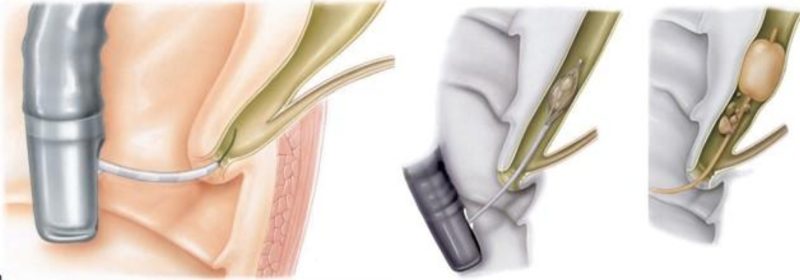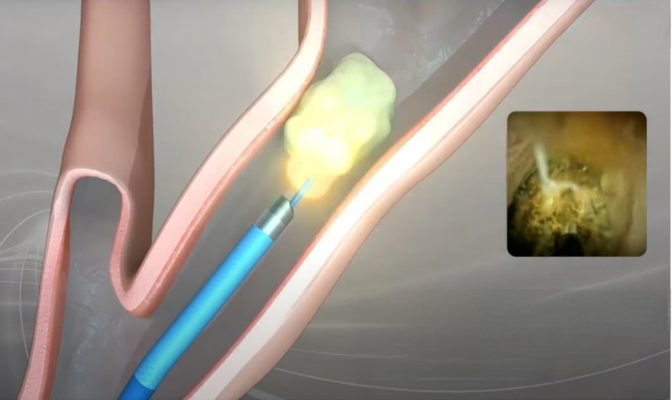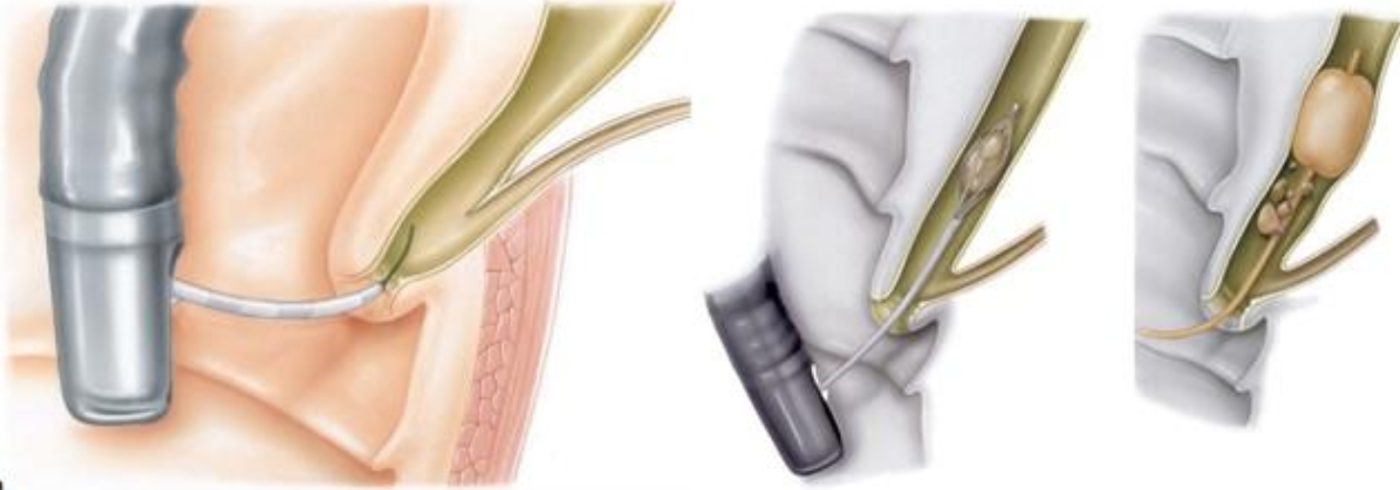Endoscopic treatment of gallstones is a procedure performed to treat common bile duct stones through endoscopy. Through an endoscope inserted through the mouth, using a light-increasing screen and accompanying tools (basket, ball, spyglass...) to remove or crush stones.
WHAT YOU NEED TO KNOW ABOUT ENDOSCOPIC TREATMENT OF COMMON BILE DUCT STONES
Previously, common bile duct stones (OMC) all require surgical intervention. Since the endoscopic retrograde cholangiopancreatography technique (ERCP) was born, doctors were able to treat and remove OMC stones through endoscopy. This method gradually replaced surgery and showed many advantages:
- Minimally invasive technique.
- Little impact on health and aesthetics.
- Short hospital stay, quick recovery, few complications.
- Low cost of treatment.
Therefore, this is a quite effective method and has overcome most of the disadvantages of surgery in patients with OMC stones.
PREPARATION AND PROCEDURE STEPS
1. What is endoscopic retrograde cholangiopancreatography (ERCP)?
This is a specialized technique used to observe the bile duct, pancreatic duct and gallbladder. Through this, doctors can accurately diagnose and intervene to treat some biliary-pancreatic diseases such as:
- Cholangitis due to gallstones, worms in the bile duct.
- Biliary stricture causes biliary obstruction.
- Biliary tract tumor…
2. Prepare the patient before the procedure
Patients are diagnosed or suspected of having OMC stones by imaging and laboratory methods. Before performing the procedure, it is important to note:
- Fasting at least 6 hours before endoscopy.
- If you are taking heart or anticonvulsant medication, continue taking it normally on the prescribed day.
- If you have diabetes: do not take your morning medication until after your ERCP.
- Contact your doctor at least 10 days before the procedure if you have diabetes or are taking blood thinners (Aspirin, Warfarin, Enoxaparin, Plavix…). Bring a list of medications and dosages.
- The patient and family agreed to undergo the procedure after being fully explained by the doctor.
3. Methods of treating common bile duct stones via ERCP
The doctor uses a side-view endoscope and C-arm to determine the exact location, size, number, and nature of the gallstones. He or she can then:
- Oddi muscle resection, biliary dilation.
- Crush and remove stones from the biliary tract using a basket, balloon, or laser lithotripsy device via biliary endoscopy (Spyglass).
Remove gravel with basket or ball: After cutting the Oddi muscle and widening the bile duct, the doctor will use a basket or balloon to pull the stone out of the common bile duct. This method is often applied to cases of stones less than 2cm in size.

Laser lithotripsy through biliary endoscopy (Spyglass): This is a specialized device used in cases where large stones (over 2cm) cannot be removed with a regular basket or ball.

4. Complications of the procedure
In general, ERCP is a fairly safe and optimal method if performed by an experienced endoscopist. However, after the procedure, the patient may feel:
- Mild discomfort (nausea, bloating, mild pain in the throat or epigastric region) for the first few hours.
- Some rare complications: biliary bleeding (1%), prolonged cholangitis (3%), acute pancreatitis (5%), sepsis (2%), duodenal perforation (1%).
Patients should be hospitalized or notify the doctor immediately if they have serious symptoms such as: severe abdominal pain, bloating, vomiting, fever or chills, bloody or black stools, dizziness, sore throat, difficulty swallowing...

